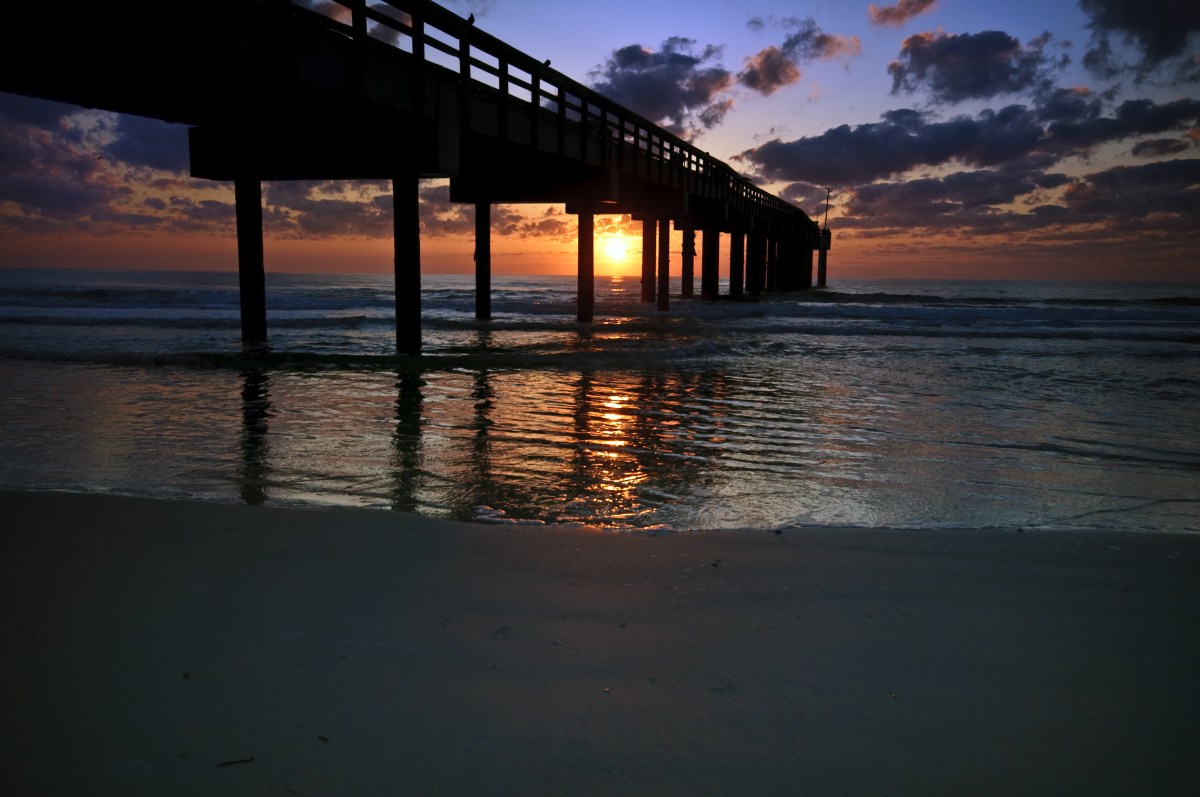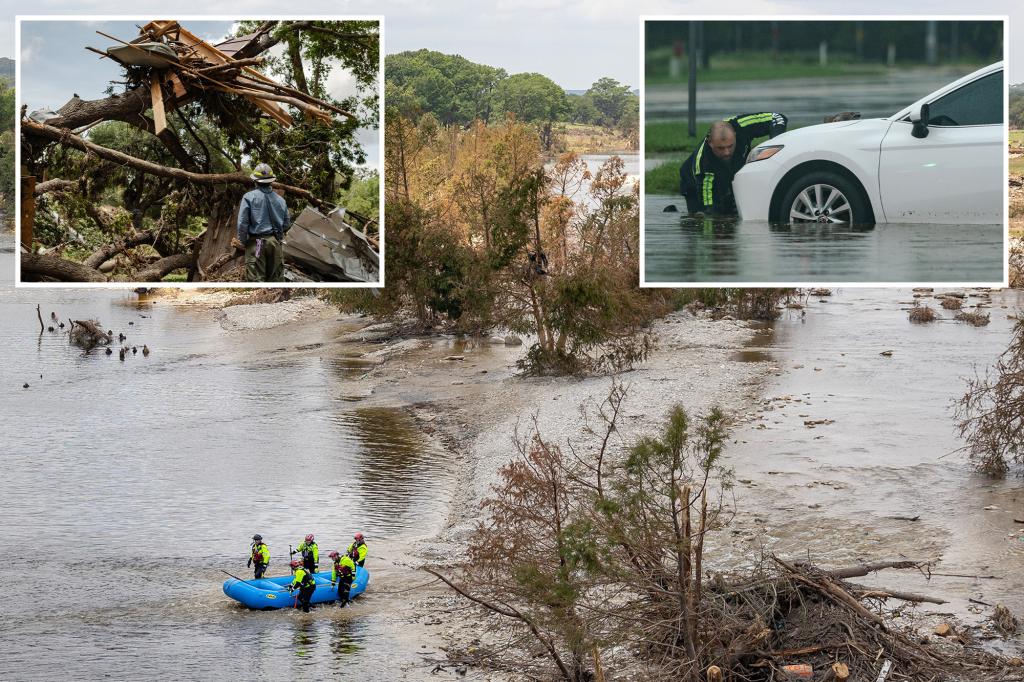A major snowstorm that swept across the United States during the busy post-Thanksgiving weekend has left millions of travelers stranded, disrupting holiday plans and creating widespread travel chaos. Airports, highways, and railways have faced unprecedented delays, as the storm’s impact continues to ripple through the nation’s transportation systems. This article explores the effects of this winter weather phenomenon, the broader implications for travel, and how travelers can better prepare for future disruptions.
Overview of the Storm’s Impact
The snowstorm, which began in the northern Midwest and spread eastward, caused major disruptions to travel across the United States. Its powerful winds, heavy snow, and icy conditions forced airports to cancel thousands of flights and delayed many more. Key cities such as Chicago, Minneapolis, and New York City experienced significant travel bottlenecks as airlines scrambled to rebook passengers and clear runways. On the ground, icy roads and low visibility led to accidents and closures, stranding motorists for hours, if not days, in some regions.
Air Travel: Thousands of Flights Grounded
Airports, particularly those in the storm’s path, faced chaos as flights were either canceled or delayed for hours. According to data from the FlightAware tracking service, more than 4,000 flights were canceled on the busiest travel day, the Friday following Thanksgiving. The storm’s unpredictable nature made it difficult for air traffic controllers to manage the influx of cancellations and diversions.
- Chicago O’Hare International Airport and Minneapolis-St. Paul International were two of the hardest-hit hubs.
- Flight cancellations not only disrupted holiday travel but also caused a ripple effect, affecting airports across the country.
- Airlines including American Airlines, Delta, and United issued travel advisories and waived rebooking fees for affected passengers.
The sheer volume of cancellations overwhelmed airport staff, leaving many passengers with little information about when they could rebook or when flights would resume. With some passengers forced to wait in airports for days, the customer service crisis added to the already tense atmosphere.
Ground Transportation: Icy Roads and Overcrowded Stations
On the roads, the storm led to dangerous conditions that slowed or completely halted travel. Major highways in the Midwest and East Coast were shut down due to accidents and snow accumulation. In some areas, snowplows were unable to keep up with the intensity of the storm, leaving roadways treacherous for motorists and commercial vehicles.
- Interstate 80, which connects the Midwest to the East Coast, was particularly affected, with numerous accidents and closures.
- In Pennsylvania, parts of the Pennsylvania Turnpike were temporarily closed as snow and ice accumulated rapidly.
- Public transportation systems, including bus and rail services, also faced delays, leaving travelers struggling to find alternate routes.
Travelers who had planned to take trains were also impacted by cancellations. The Amtrak network experienced delays and service interruptions, particularly on long-distance routes. Rail passengers were urged to check schedules in advance as the storm caused ongoing disruptions throughout the weekend.
The Economic and Emotional Toll of Travel Disruptions
Beyond the inconvenience of delayed flights and closed highways, the snowstorm also had broader economic and emotional consequences. With millions of dollars in lost business revenue, the disruptions left businesses in major cities scrambling to adjust to a reduced workforce, while those who were trying to get home for the holiday were forced to reconsider their plans.
Economic Consequences for the Travel Industry
The travel and tourism industries, which depend on the post-Thanksgiving rush to boost annual profits, bore the brunt of the snowstorm’s impact. Airline stocks saw a brief dip, and ground transportation services, including car rentals and taxis, experienced a surge in demand as stranded travelers sought alternatives.
Additionally, many hotels near major airports and transit hubs saw an influx of overnight bookings as travelers sought shelter during the long delays. However, the increased demand for hotel rooms led to inflated prices and limited availability, further compounding the frustration of many passengers.
Emotional and Psychological Impact on Travelers
For many, the emotional toll of being stuck in airports or on the road for days was significant. What is typically a joyous time for families to reconnect became an ordeal of waiting, uncertainty, and stress. The lack of information, crowded terminals, and general feeling of helplessness exacerbated anxiety for travelers trying to reunite with loved ones.
Mitigating Future Disruptions: Lessons Learned
As severe weather events become more common due to climate change, it is crucial that both travelers and transportation providers adopt better preparedness strategies. Here are some recommendations for future winter storm disruptions:
For Travelers
- Plan for Extra Time: Always anticipate delays during peak travel times. Aim to arrive at the airport or station earlier than usual and keep an eye on weather forecasts.
- Stay Informed: Use apps and websites like The Weather Channel and FlightAware to track storms and flight status updates in real-time.
- Have an Emergency Kit: Pack essential items, such as snacks, medications, chargers, and extra clothing, in case of long delays or cancellations.
- Consider Travel Insurance: While not a guarantee, travel insurance can help cover costs if a trip is delayed or canceled due to unforeseen circumstances.
For Airlines and Transportation Providers
- Improved Communication: Airlines and ground transportation services should focus on clear, timely communication with passengers. Real-time updates via SMS or apps can help reduce confusion.
- Better Crisis Management Plans: Airlines should have contingency plans in place for managing widespread cancellations, including access to alternate routes and rebooking options.
- Infrastructure Investment: Investing in better snow removal and de-icing technologies for both airports and highways is critical in minimizing disruptions.
Conclusion: The Need for Resilience in Travel Systems
The powerful snowstorm that wreaked havoc on travel during the post-Thanksgiving weekend served as a reminder of how vulnerable transportation systems are to the whims of nature. While the immediate impact was felt by millions of travelers who endured frustrating delays, the broader lessons learned from this event can help improve future responses to winter weather disruptions. Travelers must remain vigilant and prepared, while industry leaders must continue to innovate in ways that minimize the impact of such weather-related disruptions. In the end, resilience—both personal and infrastructural—will be key to managing the growing challenges posed by extreme weather events.
See more Your Daily Weather



